How to Pursue a Firefighting Career: Everything You Need to Know
Firefighting is more than just a job—it’s a career that requires immense dedication, courage, and physical strength. If you've always felt compelled to serve your community by putting out fires, saving lives, and responding to emergencies, you might have considered how to become a firefighter. Becoming a firefighter is a long and challenging process, but the rewards—both personal and professional—are worth the effort. This guide will outline everything you need to know about how to become a firefighter, from the basic requirements to specialized roles like how to become a volunteer firefighter or how to become a wildland firefighter.
Why Choose to Become a Firefighter?
Being a firefighter means taking on a job that’s both physically and mentally demanding. It’s a profession that’s often referred to as a calling, as it requires individuals who are committed to public service, safety, and teamwork. Firefighters have the responsibility of saving lives, preventing property damage, and providing emergency medical services during disasters.
Choosing to become a firefighter is a decision that involves a lifelong commitment to protecting and serving others. Whether you're fighting fires in urban areas, volunteering in your community, or battling wildfires in the wilderness, the role of a firefighter is deeply rewarding.
Step 1: Ensure You Meet the Basic Requirements
Before diving into the more detailed steps of becoming a firefighter, it's important to understand the basic eligibility criteria. These criteria are typically universal across fire departments, though specifics may vary slightly depending on your location.
- Age: Most fire departments require you to be at least 18 years old to apply. Some fire departments may hire 16- or 17-year-olds for volunteer positions, which provide excellent experience.
- Education: A high school diploma or GED is required. While some fire departments may not require advanced degrees, having additional education—such as a fire science degree—can improve your chances of being hired.
- Physical Fitness: Firefighting is a physically demanding job. You will be required to pass a physical fitness test that measures endurance, strength, agility, and overall fitness. Firefighters must be in excellent shape to perform duties like carrying heavy equipment, climbing ladders, and rescuing victims.
Meeting these basic qualifications is the first step in beginning your firefighting career.
Step 2: Gain Relevant Education and Training
While the minimum requirement to become a firefighter is a high school diploma, many aspiring firefighters pursue additional training in fire science or emergency medical services (EMS) to enhance their qualifications. Here's how education and training fit into the firefighter career path:
Fire Science Education
A fire science degree can significantly enhance your knowledge of fire behavior, fire prevention, and the tools required to manage an emergency situation. Many community colleges and universities offer fire science programs, which can take anywhere from one to two years to complete. This degree is especially valuable if you want to advance in your firefighting career, as it can help you land a job at a well-established department or prepare you for leadership positions.
EMT Certification
In addition to fire science, many fire departments require applicants to be certified Emergency Medical Technicians (EMTs). EMTs are trained to provide basic medical care at the scene of an emergency, stabilizing patients until they can be transported to the hospital. Becoming an EMT typically requires completing a course that lasts several months. Many fire departments prioritize candidates who are already EMT-certified, so this step is crucial if you're aiming for a full-time firefighter position.
Specialized Volunteer Training
If you’re considering how to become a volunteer firefighter, the training you need may vary depending on the department you’re volunteering with. Generally, volunteer firefighters undergo basic firefighting and EMS training. Some departments may require volunteer firefighters to complete specific certification programs before they can respond to emergencies.
Step 3: Pass the Firefighter Written and Physical Exams
Once you’ve completed the necessary education and training, you’ll need to pass both written and physical exams to become a firefighter. These exams test your knowledge of fire science, safety procedures, emergency response, and physical fitness.
Written Exam
The written exam typically includes questions on topics like fire behavior, equipment use, and emergency medical procedures. It’s designed to assess your understanding of the concepts and techniques that firefighters use daily.
Physical Fitness Test
The physical ability test is one of the most challenging parts of becoming a firefighter. It typically involves a series of exercises designed to assess your endurance, strength, and agility. These tests may include tasks such as:
- Running or jogging a set distance
- Carrying heavy objects or equipment
- Climbing stairs while carrying equipment
- Dragging a hose or rescue dummy
Each fire department may have slightly different physical fitness standards, but all require candidates to be in top physical condition to ensure that they can handle the intense demands of firefighting.
Step 4: Attend a Fire Academy
Fire academies provide intensive, hands-on training in the skills necessary to become a firefighter. Academy training includes both classroom instruction and practical experience, covering topics like fire suppression techniques, rescue methods, fire prevention, and hazardous materials handling.
Most fire academies last between 12 and 16 weeks, though some programs may be longer. The academy is where you’ll receive your most comprehensive, in-depth training, preparing you to handle real-life emergencies. Training is rigorous and physically demanding, but it’s essential for preparing you for the challenges of the job.
Step 5: Start Your Career by Applying for Firefighter Jobs
After completing your training, you’re ready to apply for firefighter positions. The hiring process can be competitive, so it's important to ensure that your resume highlights your education, physical fitness, and experience. Many fire departments hire based on seniority, but some actively recruit new recruits through open applications.
Additionally, many aspiring firefighters begin their careers by becoming a volunteer firefighter. Volunteering is an excellent way to gain experience and build relationships within the firefighting community, which can make you a more attractive candidate when applying for full-time positions.
How Long Does It Take to Become a Firefighter?
Many people are curious about the time commitment involved in becoming a firefighter. The question of how long does it take to become a firefighter varies depending on the individual’s background, education, and training path. Here's a rough timeline:
- Basic Requirements and Education: If you already have a high school diploma and meet the physical fitness requirements, gaining your EMT certification and attending fire science courses may take 6 months to 2 years.
- Fire Academy Training: Attending a fire academy usually takes 3 to 4 months, depending on the program.
- Hiring Process: The job application process can take anywhere from several weeks to several months, depending on the department and position availability.
Overall, it may take between 1 and 3 years to become a fully trained firefighter, depending on the path you choose.
How to Become a Wildland Firefighter
For those interested in battling fires in rural, remote, or wilderness areas, how to become a wildland firefighter may involve additional training. Wildland firefighting requires specialized skills, as you’ll be working in tough terrains and facing unpredictable fire behavior.
To become a wildland firefighter:
- Complete Firefighting Training: Like urban firefighters, wildland firefighters must complete the necessary basic firefighting and EMS training.
- Get Certified: Many wildland firefighters obtain certifications through the National Wildfire Coordinating Group (NWCG) to ensure they have the expertise needed to fight fires in wild landscapes.
- Gain Experience: Wildland firefighting roles are often seasonal and available through government agencies such as the U.S. Forest Service or state forestry departments.
If you’re passionate about working in nature and tackling wildfires in challenging environments, becoming a wildland firefighter may be the right path for you.
Conclusion
Becoming a firefighter is a rewarding career that allows you to serve your community, protect lives, and face new challenges every day. Whether you’re wondering how to become a firefighter, how long does it take to become a firefighter, or how to become a volunteer firefighter, this guide has provided a comprehensive overview of the steps involved.
With dedication, training, and a passion for service, you can join the ranks of courageous individuals who dedicate their lives to firefighting, ensuring the safety and well-being of those around them.









































































































































































![[The AI Show Episode 143]: ChatGPT Revenue Surge, New AGI Timelines, Amazon’s AI Agent, Claude for Education, Model Context Protocol & LLMs Pass the Turing Test](https://www.marketingaiinstitute.com/hubfs/ep%20143%20cover.png)





















































































































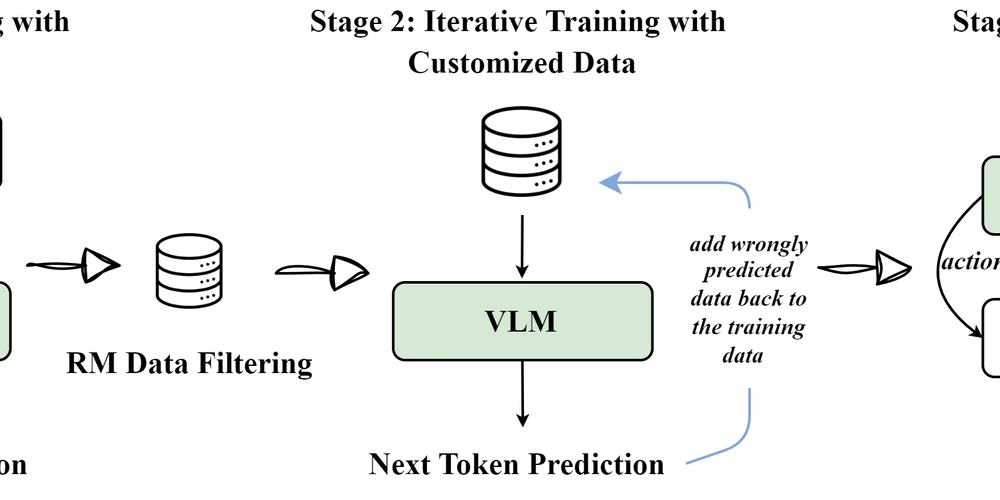








































































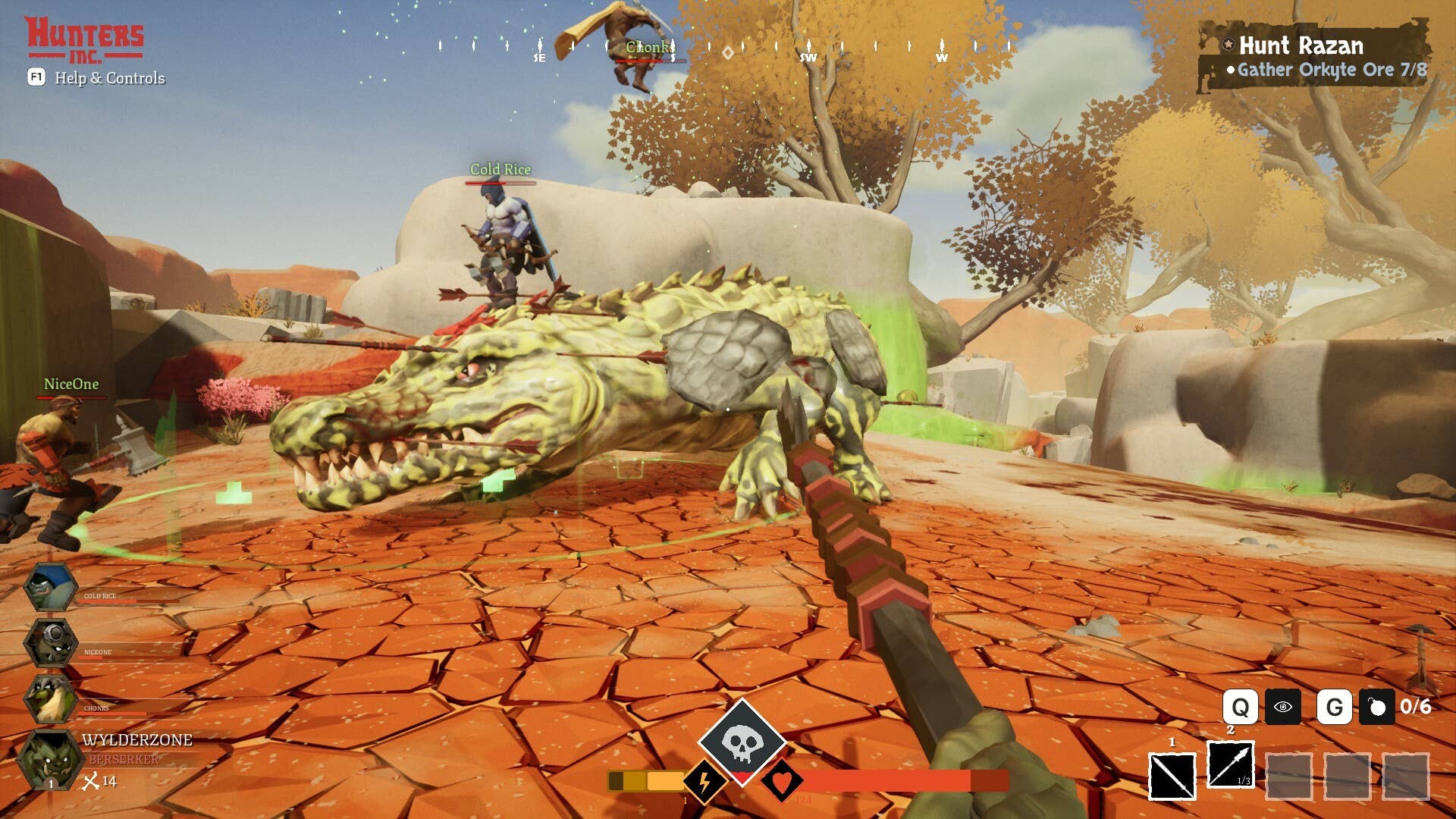
































































































































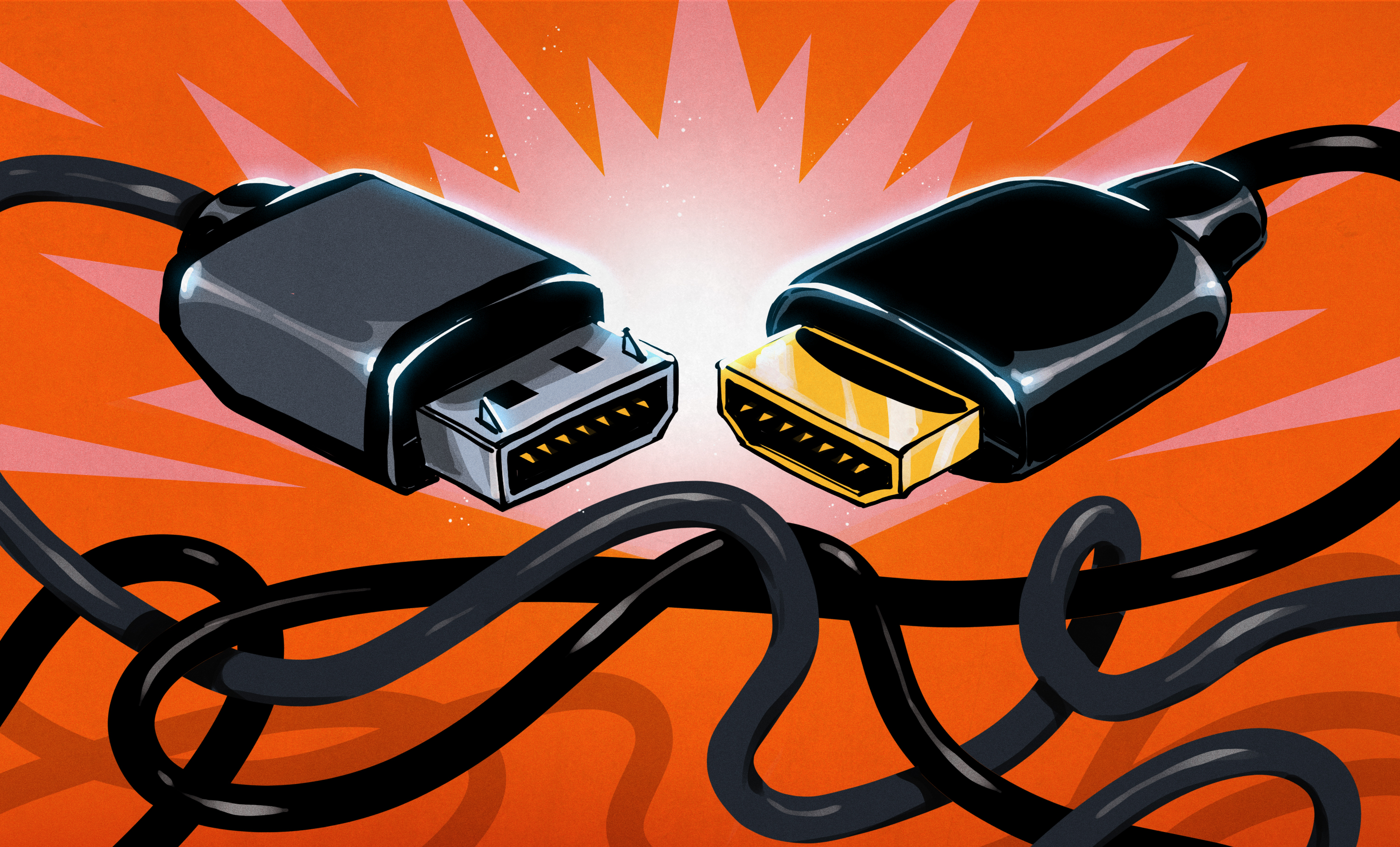



























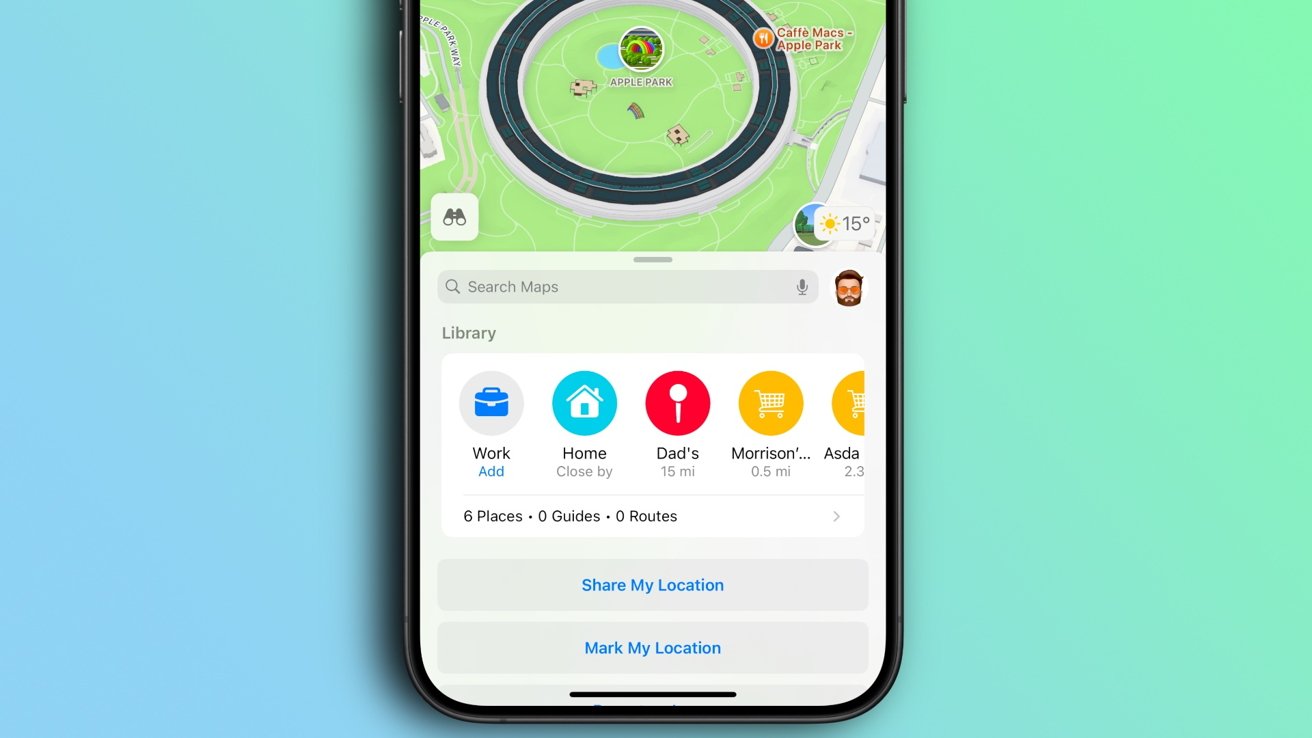


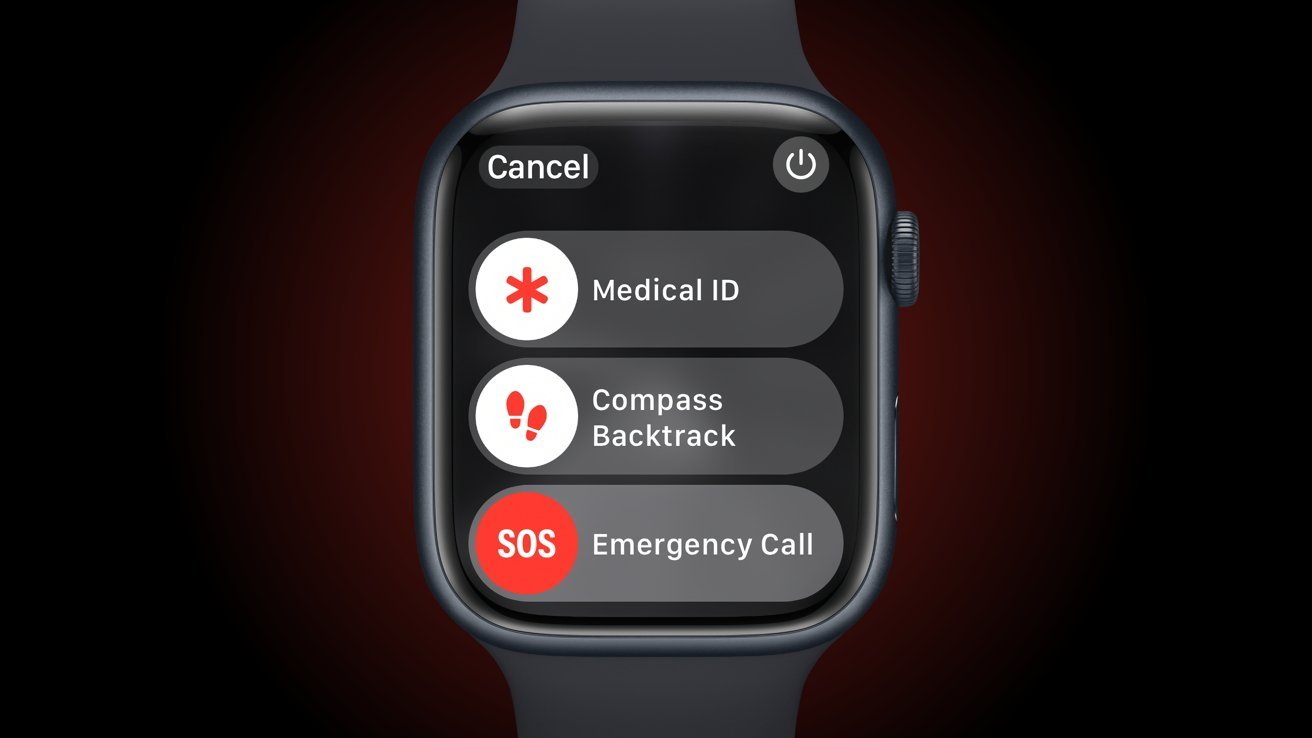





















![Apple Watch to Get visionOS Inspired Refresh, Apple Intelligence Support [Rumor]](https://www.iclarified.com/images/news/96976/96976/96976-640.jpg)
![New Apple Watch Ad Features Real Emergency SOS Rescue [Video]](https://www.iclarified.com/images/news/96973/96973/96973-640.jpg)
![Apple Debuts Official Trailer for 'Murderbot' [Video]](https://www.iclarified.com/images/news/96972/96972/96972-640.jpg)
![Alleged Case for Rumored iPhone 17 Pro Surfaces Online [Image]](https://www.iclarified.com/images/news/96969/96969/96969-640.jpg)




























































































































